What to Expect When Working with New Home Builders
Building a new home is an exciting venture that comes with its own set of challenges and expectations. When partnering with new home builders, it’s crucial to understand the process and set clear expectations to ensure a smooth and successful collaboration. This article will guide you through the various aspects of working with new home builders, from planning and budgeting to construction and communication.
Understanding the Role of the Home Builder
Defining Responsibilities
Home builders play a pivotal role in the development of your new home, acting as the orchestrator of various responsibilities. Their primary duty is to manage and coordinate the construction process, ensuring that all elements come together seamlessly. This involves supervising subcontractors, managing budgets, and liaising with suppliers to ensure timely delivery of materials. It is crucial to establish clear responsibilities at the outset to avoid any misunderstandings or miscommunications later on. By doing so, both the home builder and the homeowner can maintain a cohesive working relationship that aids in the successful completion of the project.
Builder's Expertise and Qualifications
Assessing a home builder’s qualifications is an important step when entering into a partnership. Reputable builders typically hold relevant industry certifications and possess a proven track record in constructing homes similar to your envisioned project. A builder's reputation can often be a testament to their skill, professionalism, and ability to deliver quality results. Checking their portfolio, client testimonials, and any affiliations with professional bodies can provide you with insights into their expertise. Selecting a qualified builder helps mitigate potential risks and ensures that the project meets industry standards and complies with local regulations.
Key Personnel Involved
The construction of a new home involves a wide array of specialists who each contribute their skills and expertise. Key personnel often include project managers, architects, interior designers, and subcontractors. Each member plays a pivotal role in ensuring the build progresses smoothly from design conception to final completion. Understanding the roles and responsibilities of these individuals can help facilitate better communication and streamline decision-making processes. Establishing a rapport with these key team members will be invaluable in navigating the complexities of home building.
Interpreting the Builder’s Portfolio
A builder's portfolio is a window into their capabilities and style, showcasing previous projects and design aesthetics. Reviewing a portfolio can help you determine if a builder’s past work aligns with your vision for your new home. It offers insights into their expertise in various architectural styles and their ability to handle custom design requests. In addition, it can provide an idea of the quality and finish you can expect from your build. Using the portfolio as a reference can also guide discussions on specific design features you may want to incorporate.
Legal and Contractual Obligations
Clear legal and contractual agreements are the foundation of any successful building project. Contracts should explicitly detail the scope of work, timelines, budget, and any warranties or guarantees. It is imperative to have a thorough understanding of these obligations to safeguard your interests throughout the construction process. Hiring a legal professional to review contracts can prevent misunderstandings and ensure all parties are on the same page. A well-defined contract not only provides a framework for the project but also acts as a protective measure should disputes arise.
Initial Planning and Design Considerations
Clarifying Your Vision
Effective planning begins with a clear vision of the desired outcome for your new home. This involves identifying architectural styles, floor plans, and design features that best reflect your lifestyle and preferences. Engaging with architects and designers can provide valuable insights into feasibility and help refine your ideas. Open communication with your builder during this stage is essential to ensure your vision aligns with the practicalities of the construction process. A well-articulated vision serves as a guiding star for everyone involved, minimizing chances of deviations over the course of the build.
Site Selection and Preparation
Choosing the right location for your new home is a critical decision that impacts the overall appeal and functionality of the finished product. Factors such as neighborhood demographics, proximity to amenities, and future development plans should all be considered during site selection. Once a site is chosen, proper preparation is needed, which may involve clearing existing structures, leveling the ground, and configuring essential utilities. Collaborating with your builder can provide insights into the unique challenges and benefits each potential site offers. Addressing these considerations early on ensures a smoother construction process.
Custom Design Options
Incorporating custom design elements can transform a new build into a personalized sanctuary that fits your unique taste. Options range from bespoke cabinetry and unique floor plans to energy-efficient systems tailored to reduce long-term costs. According to Today's Homeowner, kitchen and bathroom renovations made up 50% of home remodeling projects in 2022, highlighting the importance of meticulous design choices in these key areas. Engaging with skilled designers and builders can facilitate the incorporation of custom solutions without compromising on quality or aesthetic. Expanding on these bespoke elements can offer a living space that truly represents your preferences and lifestyle requirements.
Architectural Style Choices
Choosing an architectural style for your home is a significant decision that impacts both aesthetics and functionality. Each style offers unique characteristics, from the sleek lines of modern design to the classic charm found in traditional builds. Working closely with your builder and architect allows you to explore different styles and determine which best integrates with your personal taste and the surrounding environment. It's also essential to consider the long-term implications and how the style will age as trends evolve. A harmonious blend of current tastes and timeless features often offers the best outcome.
Planning for Future Needs
Future-proofing your home involves designing with flexibility and adaptability in mind, considerations that are essential in today’s ever-evolving landscape. This may include allocating space for potential expansions, adding extra rooms, or implementing smart home features. Engaging in discussions about possible lifestyle changes or family growth can guide the planning process to include potential accommodations. Incorporating future needs into the initial design phase helps to reduce costly renovations down the road. Proactive planning guarantees that your home can accommodate changes in circumstances, ensuring long-term comfort and satisfaction.
Setting a Realistic Budget
Understanding Cost Estimates
Accurate cost estimates are foundational to setting a realistic budget for your new home build. Builders provide estimates that factor in labor, materials, permits, and additional expenses specific to the project's scope and complexity. It's imperative to scrutinize these figures and clarify any discrepancies to avoid unforeseen financial stress later in the process. Detailed quotes enable homeowners to allocate funds appropriately across different sections of the build without sacrificing quality. Consistent budget evaluation helps in making informed decisions and maintaining economic discipline from inception to completion.
Allocating for Contingencies
No matter how well planned, construction projects are susceptible to unforeseen challenges that may impact the budget. Allocating a contingency fund, often recommended at around 10-20% of the total budget, provides a safety net for unexpected expenses. These can arise from delays, changes in material costs, or unexpected site complications. Awareness of these potential pitfalls empowers homeowners to respond efficiently rather than scrambling for additional resources when issues arise. A well-managed contingency plan enhances financial stability throughout the build.
Working with new home builders can be a rewarding experience that leads to the creation of your dream home. By setting realistic expectations and maintaining open communication, you can navigate the complexities of the building process effectively. With careful planning and collaboration, you and your builder can ensure the final product is a home that meets your needs and exceeds your expectations. Be sure to reach out to Wittstock Builders LLC today for more information on our professional new home builders!


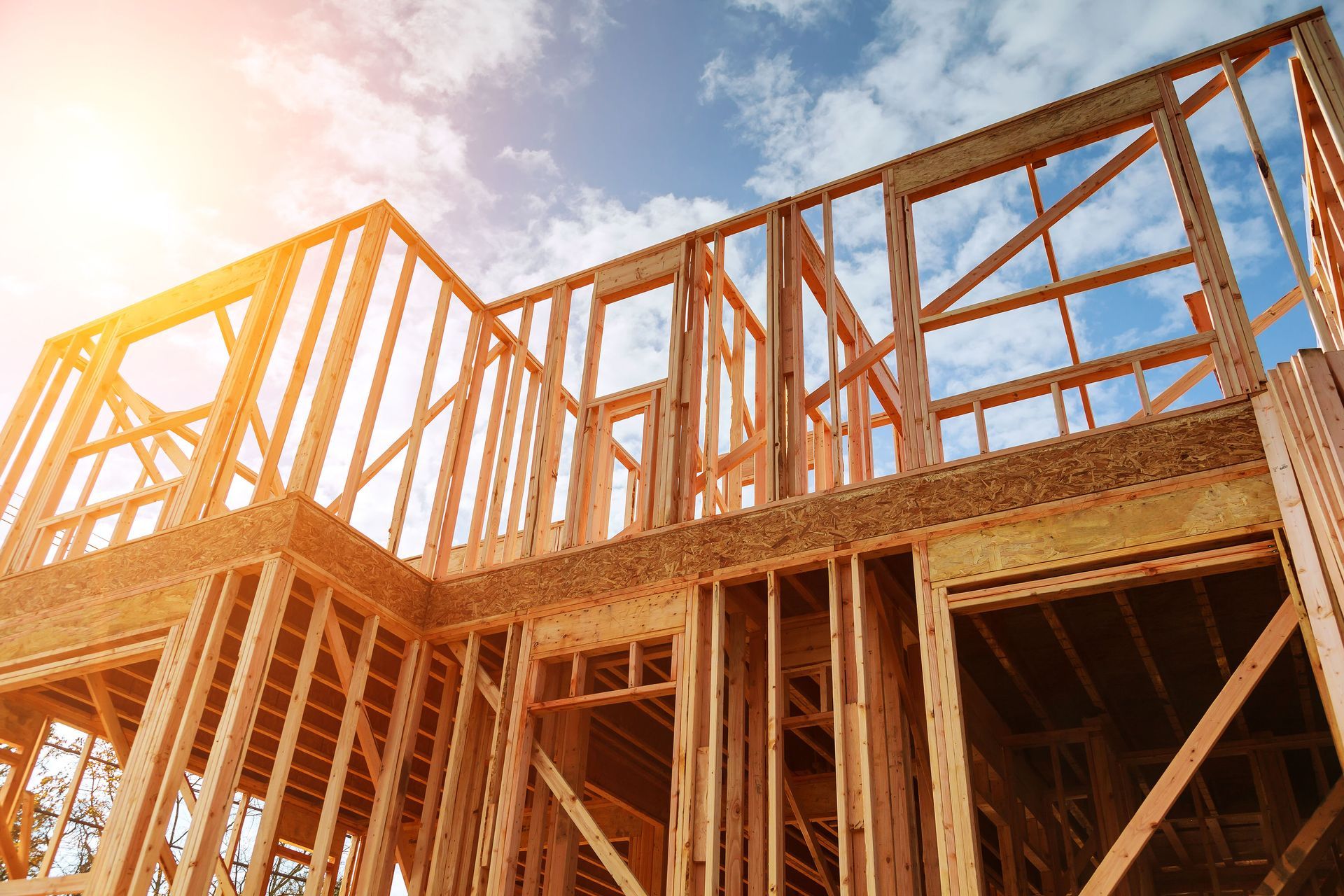
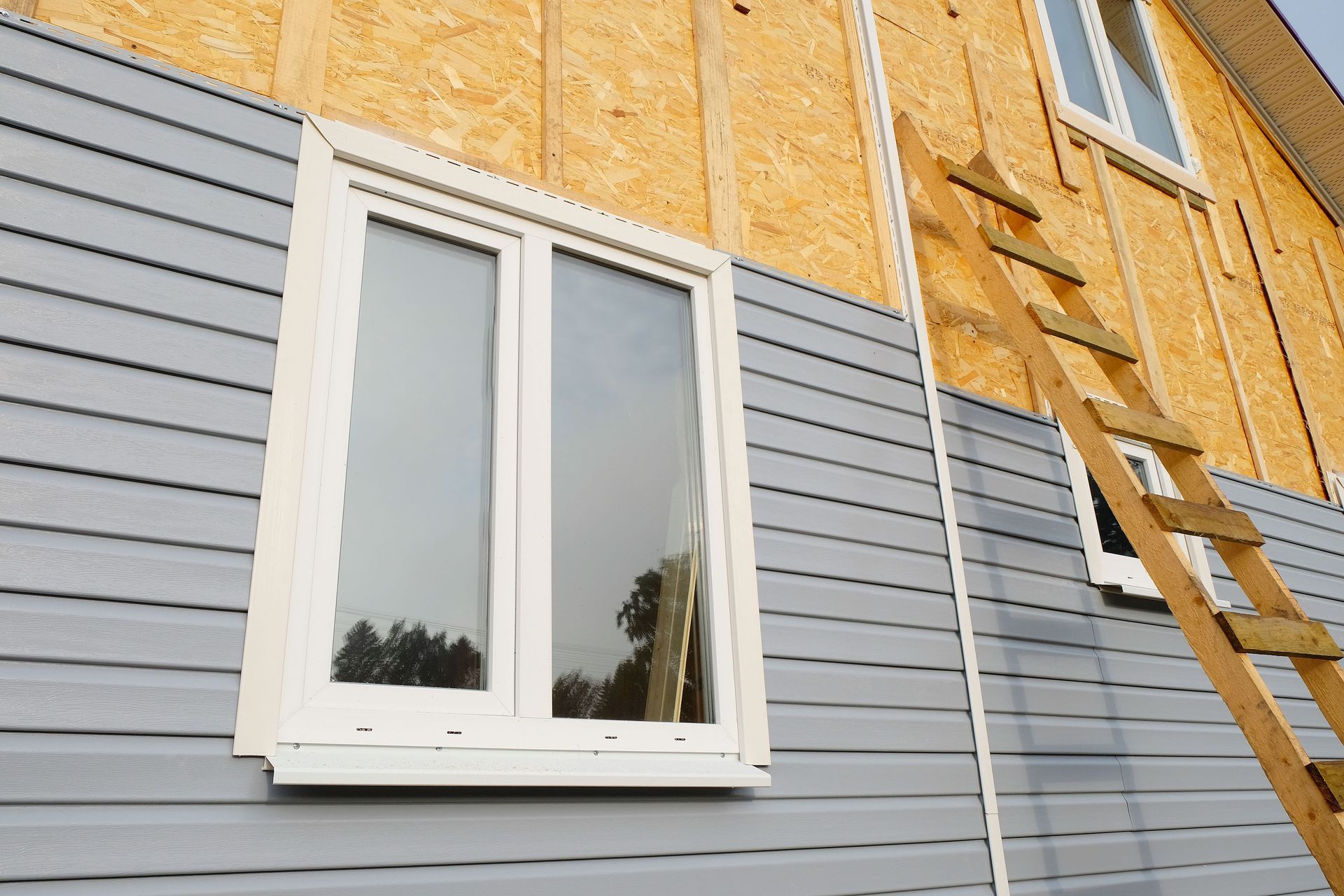
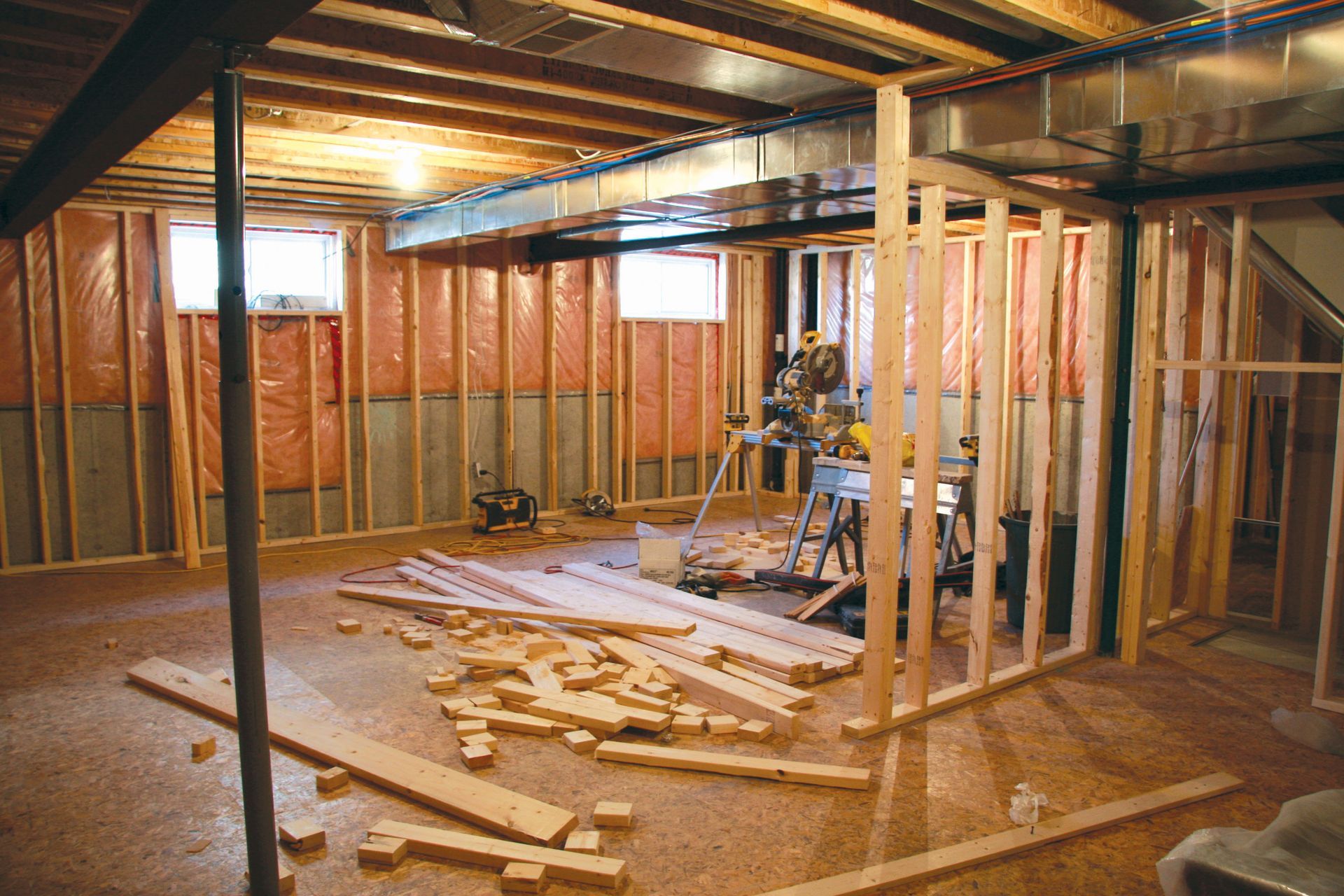
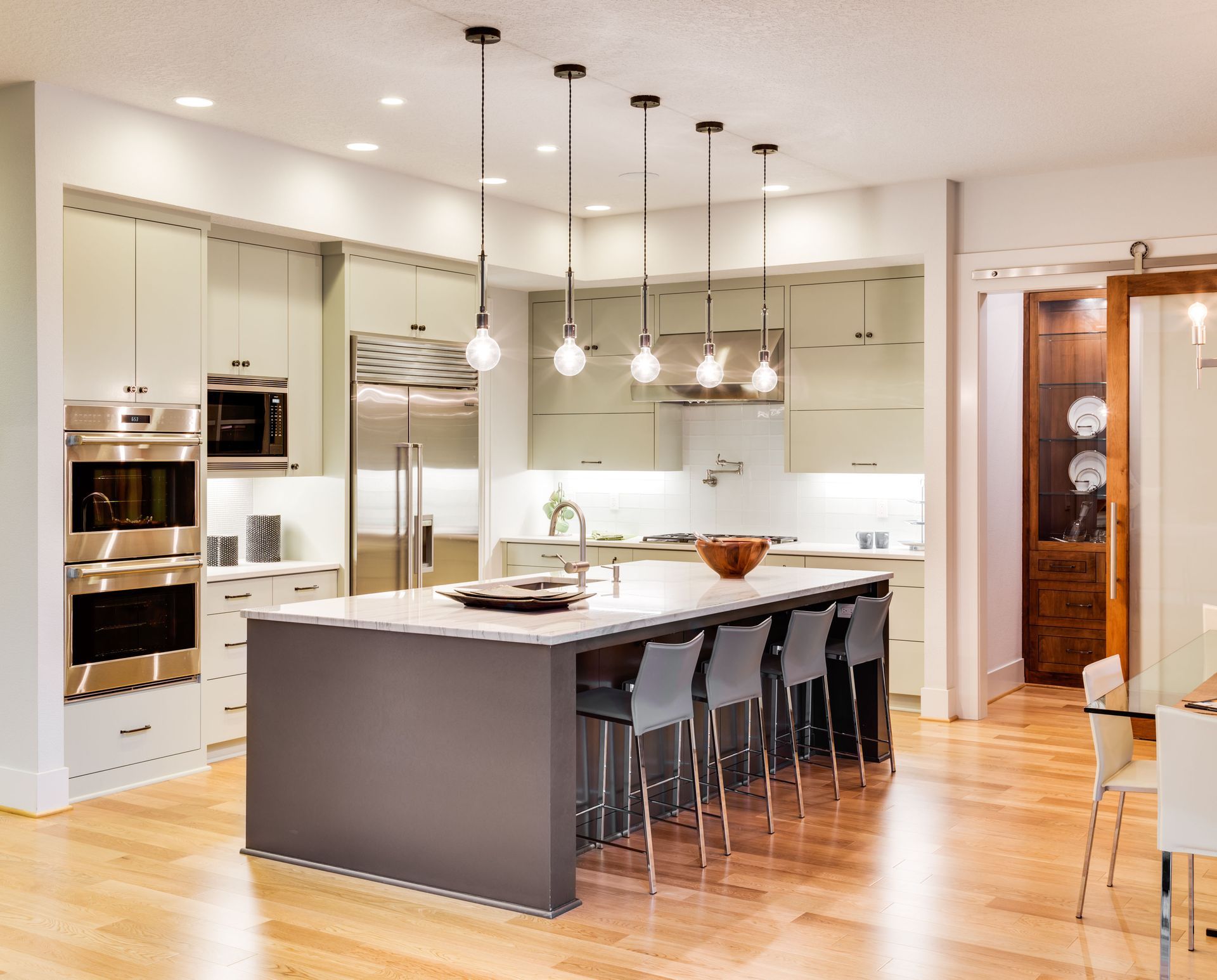
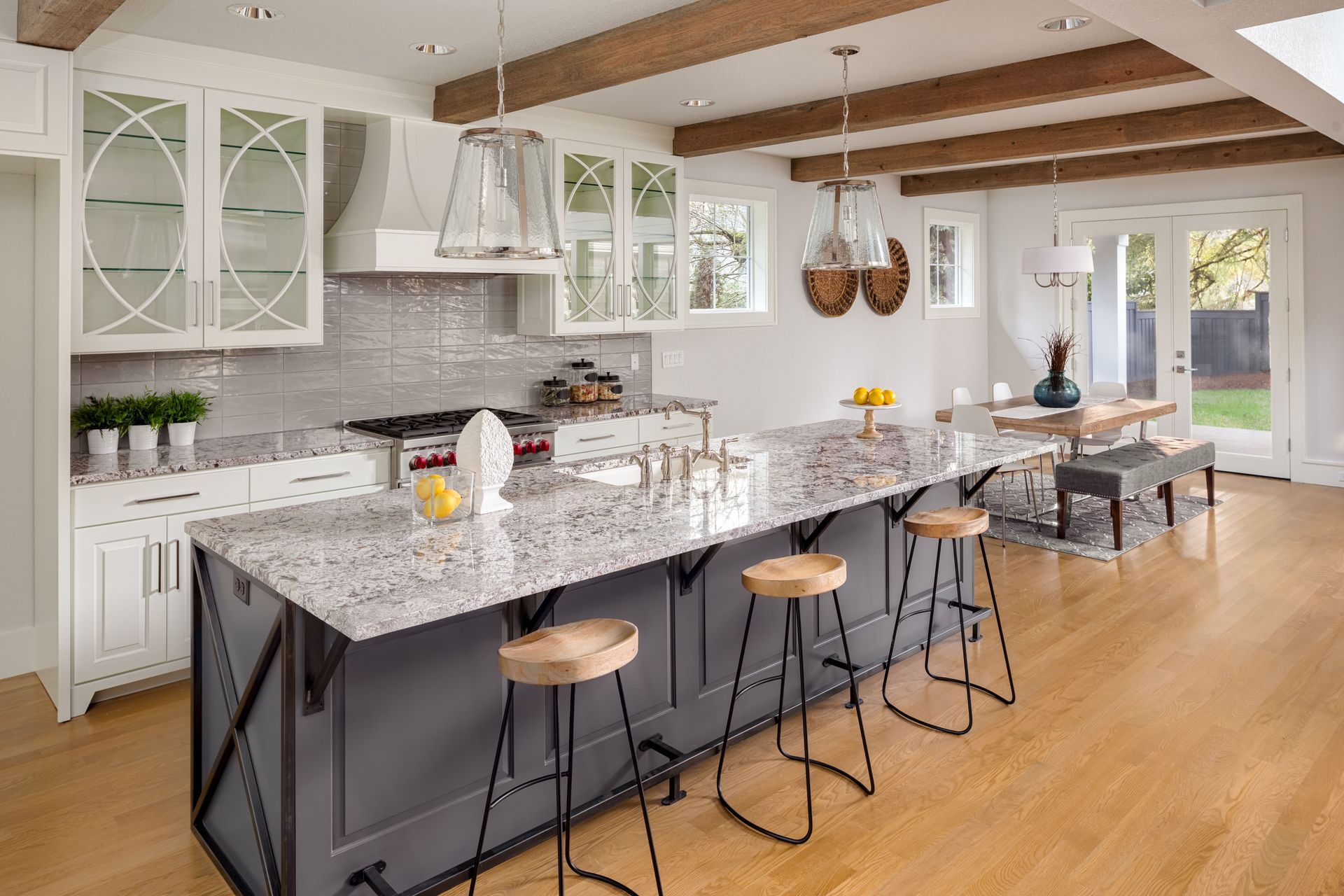
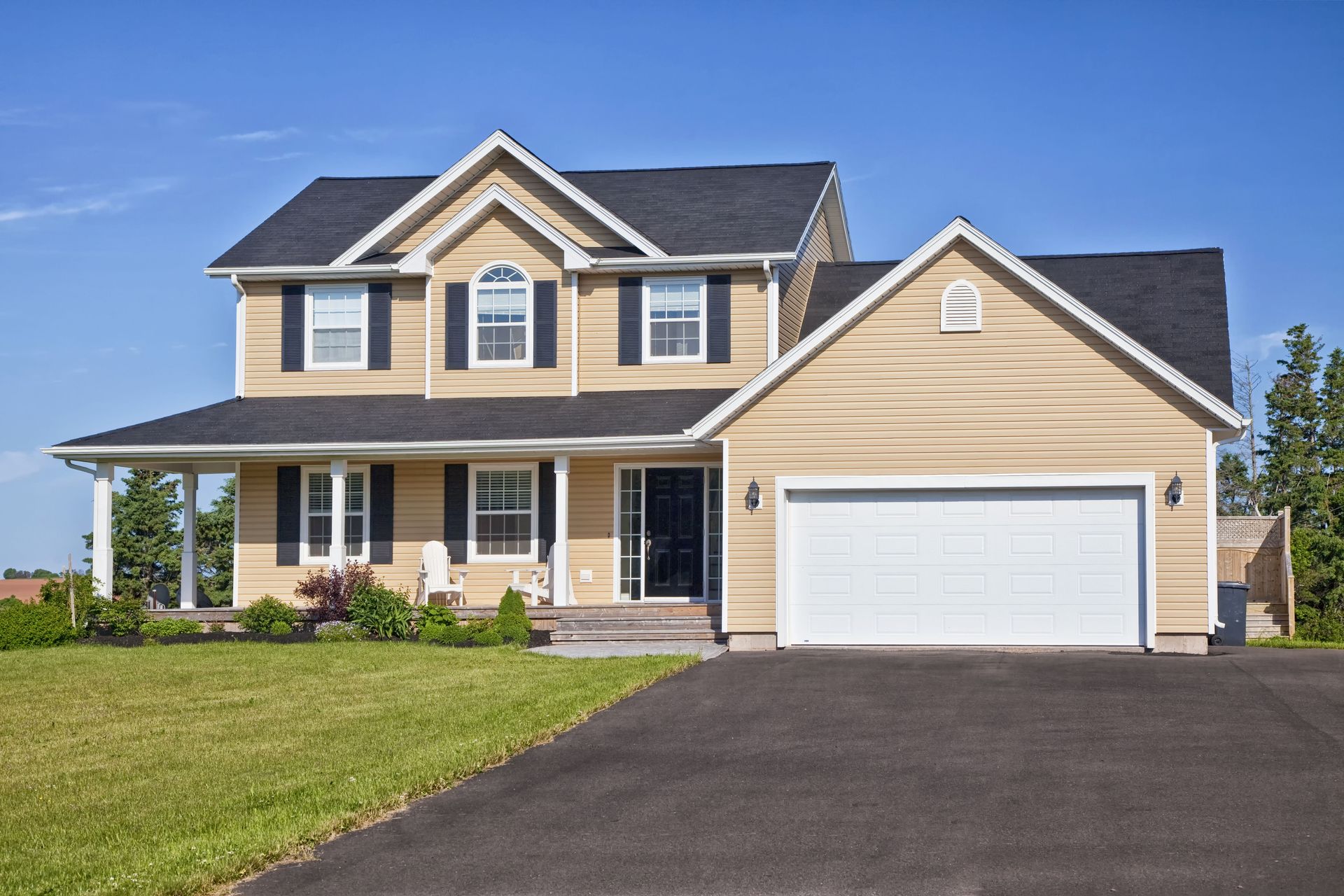
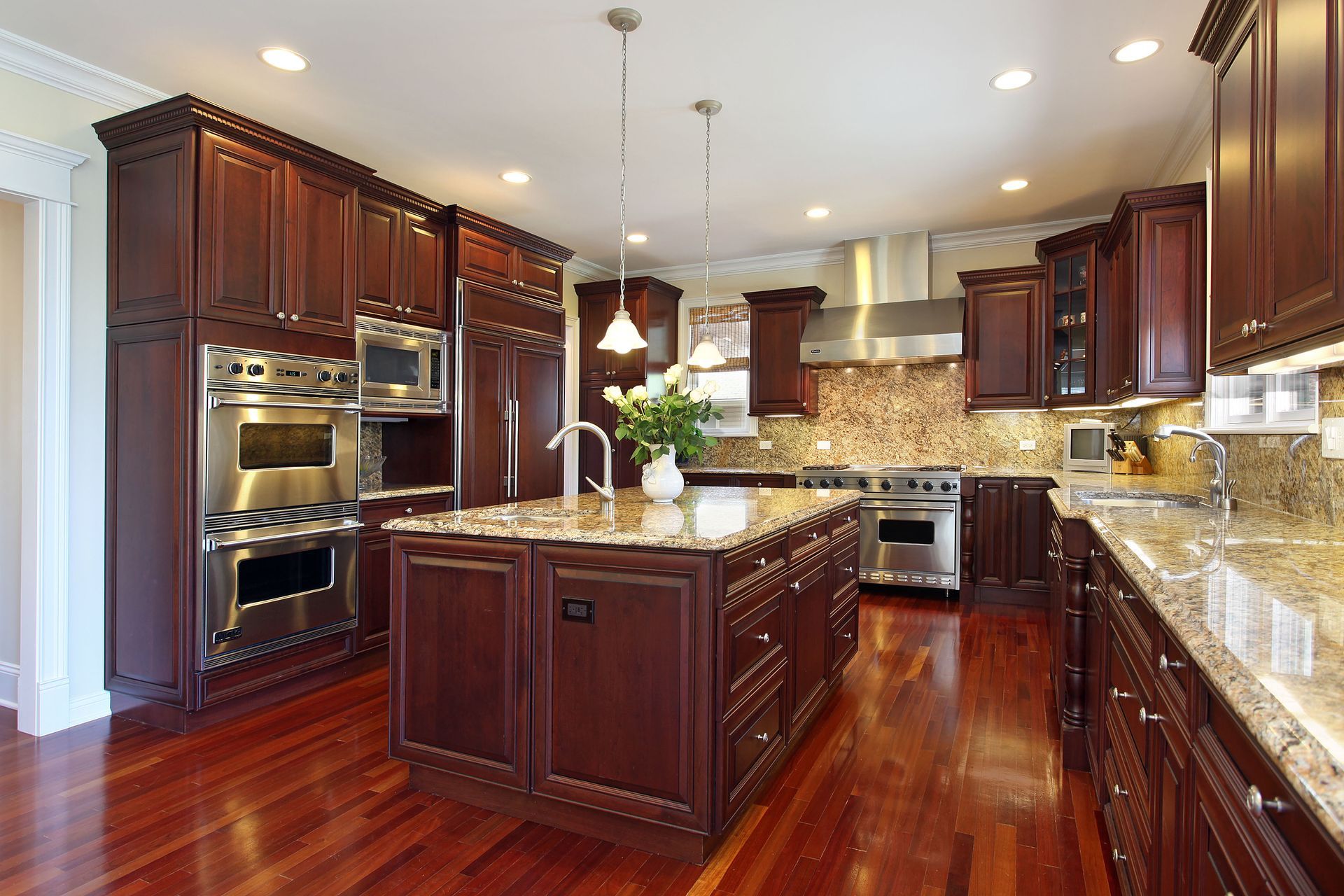
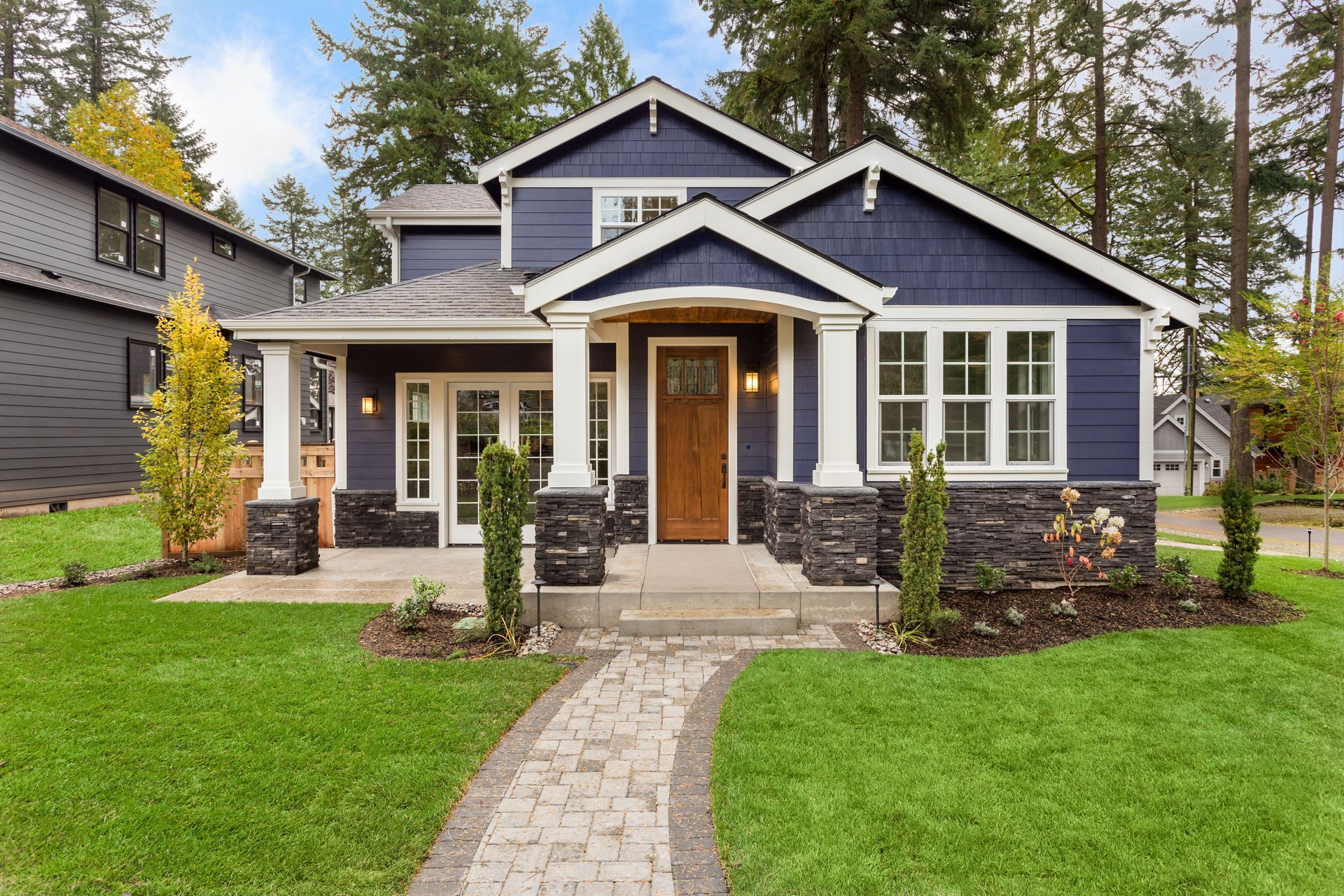

Share On: